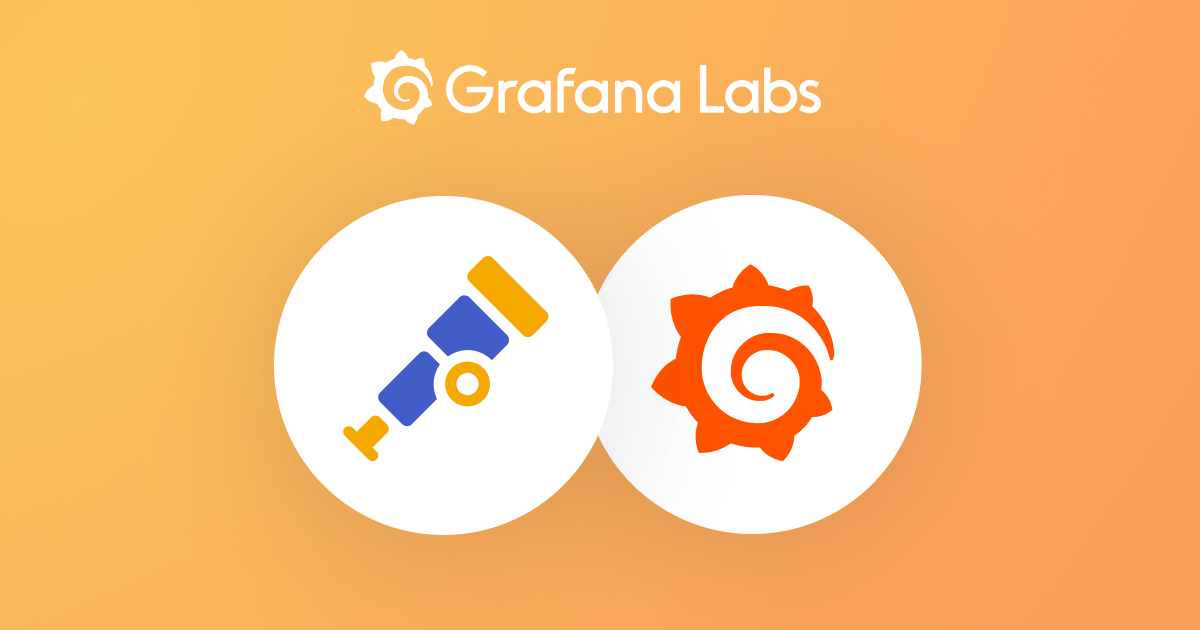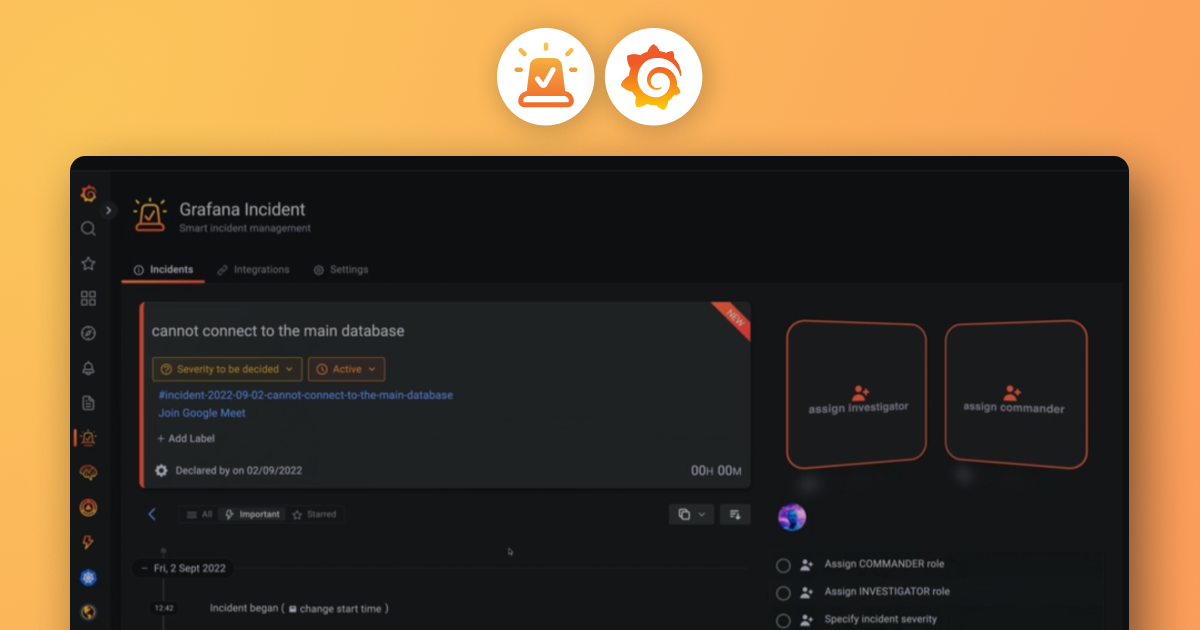Plugins 〉Resources Exporter
Resources Exporter
Grafana Resources Exporter
The resources exporter is a Grafana App Plugin that allows users to export resources from their instance or Grafana Cloud account as Terraform, Grizzly or Crossplane resource definitions.
Terraform Config Generation
The plugin generates three Terraform Grafana provider files:
provider.tf: This file contains theterraform {}block that installs the provider as well as theprovider "grafana"block that configures the Grafana provider.resources.tf: The Grafana provider resources that were generated.imports.tf:import {}blocks that map the Grafana resources with their unique identifier.
These files can be downloaded and used right away, after putting credentials in the provider.tf file.
When a terraform plan is run on the files, Terraform should show no changes, only imported resources. On a terraform apply, the resources will be added to the state and the import {} blocks can be removed.
Grizzly Resources
Generates resources in the Grizzly format
The plugin pulls resources the same way that the grr pull command does. The files can be applied with the grr apply command.
Crossplane Resources
Generates resources for the Crossplane Grafana provider
After writing the secret that is referred in the provider.yaml file, the resources can be applied in a Kubernetes cluster with the Grafana provider installed, though it may be best to rework the resources into compositions.
Maturity
The code in this plugin should be considered experimental. Documentation is only available alongside the code. It comes with no support, but we are keen to receive feedback on the product and suggestions on how to improve it, though we cannot commit to resolution of any particular issue. No SLAs are available. It is not meant to be used in production environments, and the risks are unknown/high.
Grafana Labs defines experimental features as follows:
Projects and features in the Experimental stage are supported only by the Engineering teams; on-call support is not available. Documentation is either limited or not provided outside of code comments. No SLA is provided.
Experimental projects or features are primarily intended for open source engineers who want to participate in ensuring systems stability, and to gain consensus and approval for open source governance projects.
Projects and features in the Experimental phase are not meant to be used in production environments, and the risks are unknown/high.
















